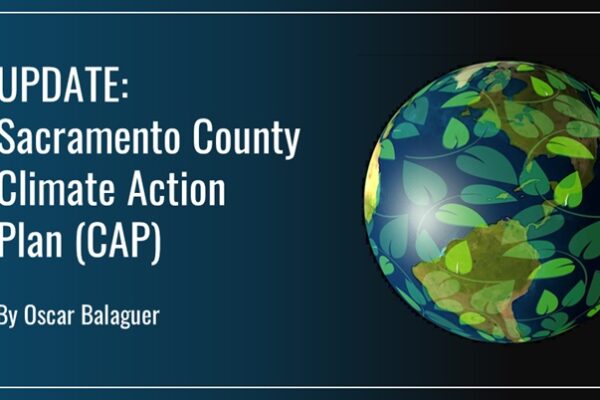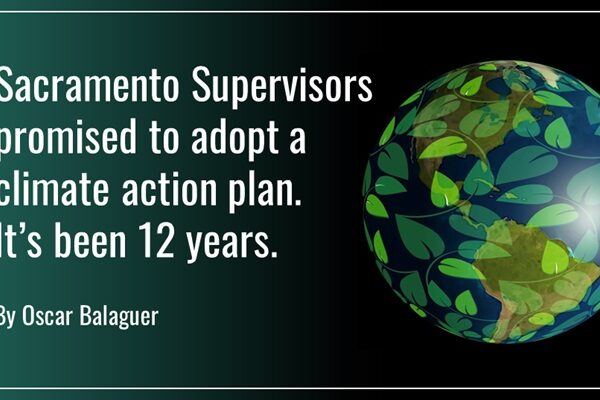Author: Leslie Haynes
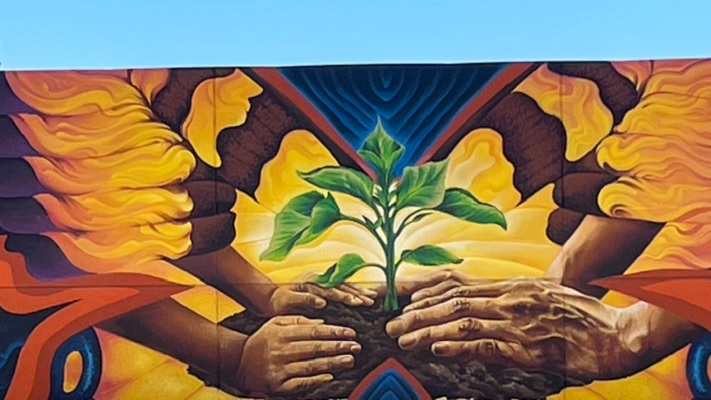
Mirasol Community Garden [Photo Credit: Henry Nguyen, 2023]
Community Gardens
Community gardens are a great way to bring people together and promote a sense of community in an area. They are an excellent way to bring fresh, healthy food to a neighborhood, as well as provide an outdoor space to relax and enjoy nature. The first step to creating a community garden is to decide where it will be located and how it will be managed. It is important to consider environmental factors such as: the size of the garden, the soil type, the sunlight, and the amount of water available in the area. Once these details have been determined, it is time to decide what types of plants and vegetables will be grown. It’s important to consider what season it is and what vegetables will successfully grow in the climate. Additionally, it is important to consider how much space is available for the garden and which plants will require more or less space. Communities can come together to create an efficient and organized garden. This can include setting up a watering system, planting in raised beds, creating composting areas, and creating paths in between the beds. Additionally, it is important to consider pest control and plant health. Once the garden is established, it can be used to bring people together.
Benefits of Community Gardens
There are a variety of benefits community gardens bring to their local community. First, community gardens can help reduce food insecurity by providing fresh, affordable produce to those in need. Local organizations can partner with the garden to distribute the produce to underserved populations. Second, community gardens allow for a space for community members to come together and build relationships. They can be a safe, healthy, and enjoyable place for individuals of all ages to gather and socialize; it can even be used for educational and recreational activities. Third, these gardens can help to improve the environment in a community. They can act as green spaces that help to reduce air and noise pollution, and can help to conserve energy by providing shade and cooling effects on built environments. Additionally, community gardens can help to reduce water usage by capturing and storing rainwater. Finally, community gardens can help to increase property values in the immediate area. Gardens can help to beautify a neighborhood, making it more desirable and attractive to potential buyers. Overall, community gardens provide a variety of benefits to their local community.
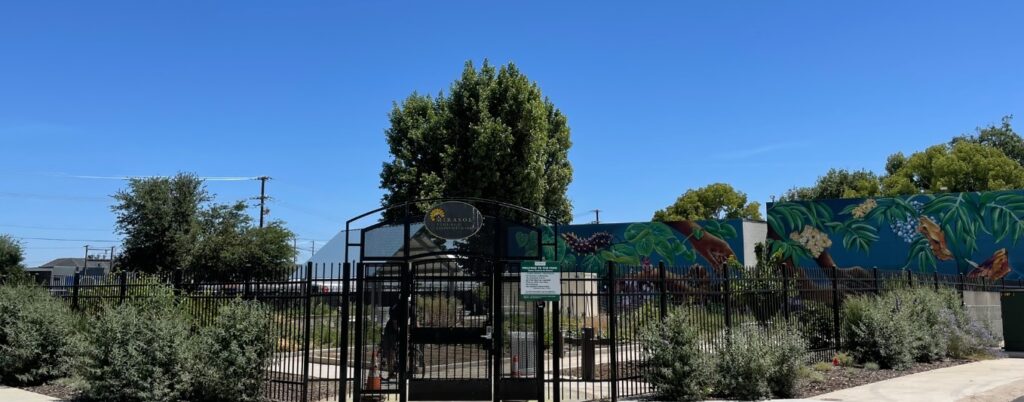
Mirasol Community Gardens
Community Gardens & Climate Change
Climate and community gardens are becoming increasingly important as the world faces the effects of climate change and extreme heating. Community gardens are a great way to bring people together to both reduce their environmental impact and build a sense of community. They also provide a way to grow food locally, reducing transportation costs and emissions associated with the food system. Gardens are typically planted and maintained by local volunteers and often involve a variety of plants, such as vegetables, herbs, flowers, and even fruit trees. These gardens can be used to create a sustainable food source for the local community, as well as provide a space for people to come together and socialize. Through the use of compost and sustainable growing practices, community gardens can also help to reduce waste, conserve water, and improve soil fertility. Climate-wise gardening practices can also be used in community gardens to help reduce the impacts of climate change. Some of these practices include planting native species, reducing water use, and using mulch to protect soil and retain moisture. Additionally, the use of permaculture and other regenerative practices can help to sequester carbon, improve soil health, and reduce the use of chemicals. In summary, climate and community gardens are powerful tools for creating a more sustainable and resilient futures for our communities.
Gardening & Togetherness
Community gardens provide a sense of community and a way for people to come together as a group. Gardens provide a place for people to connect, share knowledge, and help each other. As mentioned before individuals of all ages and backgrounds can be found in community gardens, creating a diverse and inclusive environment—as well as strong long-lasting bonds between other garden members. Participating in a community garden is a great way for people to work together on a project and build relationships with one another. Gardening creates a sense of unity and a common purpose. People in the community can come together to plan, build, and maintain the garden. This can lead to a feeling of accomplishment and satisfaction when the garden is complete. Gardening also allows people to share their knowledge and skills with each other. People can learn from each other and gain a better understanding of different cultures and lifestyles. They can also learn how to work together to create something meaningful and beneficial for the community.
Sacramento Community Gardens

Mirasol Community Gardens
Sacramento is a city that is known for its vibrant culture and diverse community. With its diverse population, it is no surprise that Sacramento is in progress of becoming a hub for community gardens. These gardens offer a variety of vegetables and fruits for people to grow, as well as an opportunity to learn about gardening and sustainable practices. The Sacramento Food Bank and Family Services (SFBFS) runs several community gardens that provide fresh produce to local families in need. These gardens are open to all members of the public and are a great way to give back to the community. In addition to the SFBFS, there are a number of other organizations that offer community gardens in Sacramento. The Sacramento Area Community Garden Coalition (SACGC) works with local schools and community organizations to develop and support community gardens for the purpose of continuing the development of these gardens in the Sacramento community.
That being said, there is still progress to be made in the installation of community gardens in Sacramento as the city lags behind other cities in the region. While there are some community gardens in Sacramento, the city lacks the necessary infrastructure and resources to create more at the time being; the problem stemming from a lack of funding and resources. Community gardens require both to be successful. The city’s limited land resources make it difficult to acquire the space necessary to create gardens. Additionally, the high cost of land in Sacramento makes it difficult for community gardeners to afford to purchase it. The process of change is slow; however, Sacramento is heading in the right direction in creating beneficial resources for the residents within its communities.
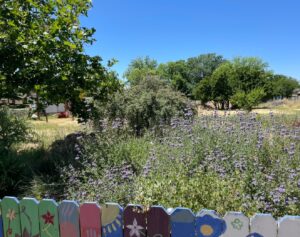
Mirasol Community Gardens
Although our gardens are blooming with flowers, fruits, and vegetables, not all gardens in Sacramento are maintained due to them being underutilized. Leading gardens such as the Mirasol Community Garden have been overrun with weeds. Meaning there is plenty of opportunity and space for the garden to produce healthy foods for members of the community. All that is required is the hard work and participation of community members, time, water, sunlight, and patience.
LGBTQ+ Community Tree
The Sacramento LGBTQ+ Tree Moving Project is a volunteer-driven community initiative that seeks to honor and recognize the contributions of the Sacramento LGBTQ+ community. This project began in 2019, when members of the community identified a tree in downtown Sacramento that is believed to be a symbol of the LGBTQ+ movement. The tree, a Callery Pear, was planted in the 1970s and is believed to be the only tree of its kind in the city.
The project aims to move the tree to a more prominent location in the city, such as the Sacramento LGBTQ+ center or a park, and to honor the past and present contributions of the LGBTQ+ community in the city. The project has been supported by the City of Sacramento and other local non-profit organizations. The project involves a two-step process: first, the tree is carefully moved from its existing location to a new home. This requires careful planning and execution, as preserving the health of the tree is of utmost importance. Second, the tree is dedicated with a plaque or other marker, to commemorate the contributions of the LGBTQ+ community. The Sacramento LGBTQ+ Tree Moving Project is an important example of how the community is coming together to recognize the contributions of the LGBTQ+ movement.
West Sacramento Urban Farms
These Urban Farms work with over 600 volunteers per year, grow over 25,000 of pounds of produce per month during peak seasons, donate to Food Banks, sell to residents via on site farm stands, provide fresh produce to Washington Unified, Roblas Unified, Natomas Unified and Davis Unified School Districts, sell to local restaurants, participate in various local farmers markets and much more! Urban agriculture revitalizes communities one vacant lot at a time, it increases resilience by transforming food deserts into food havens and it creates economic growth by incubating small businesses. West Sacramento Urban Farms, located in the heart of West Sacramento, is a nonprofit organization dedicated to providing access to fresh, locally grown produce and educating the community about urban agriculture. The organization works to create sustainable food systems for the community by offering educational programs, urban farming workshops, and volunteer opportunities. The farm also provides produce to local community members and local restaurants. The organization is run by volunteers, who work hard to create a productive urban farming ecosystem. They have built a greenhouse, a poultry coop, a compost station, and a garden which can produce a variety of vegetables, fruits, and herbs. The organization also offers educational opportunities for local youth and adults, and a volunteer program for those interested in getting involved in urban farming. West Sacramento Urban Farms is a great example of how urban farming can be used to create a more sustainable food system. By providing access to fresh, local produce and engaging the community in educational and volunteer opportunities, the organization is helping to create a healthier and more sustainable environment for the West Sacramento community.
Written by: Leslie Haynes
Photography by: Henry Nguyen, 2023]

